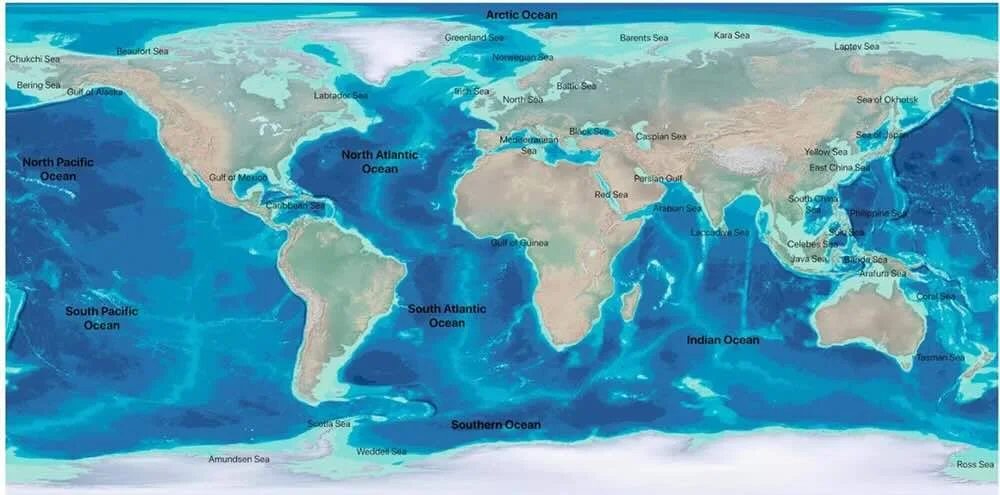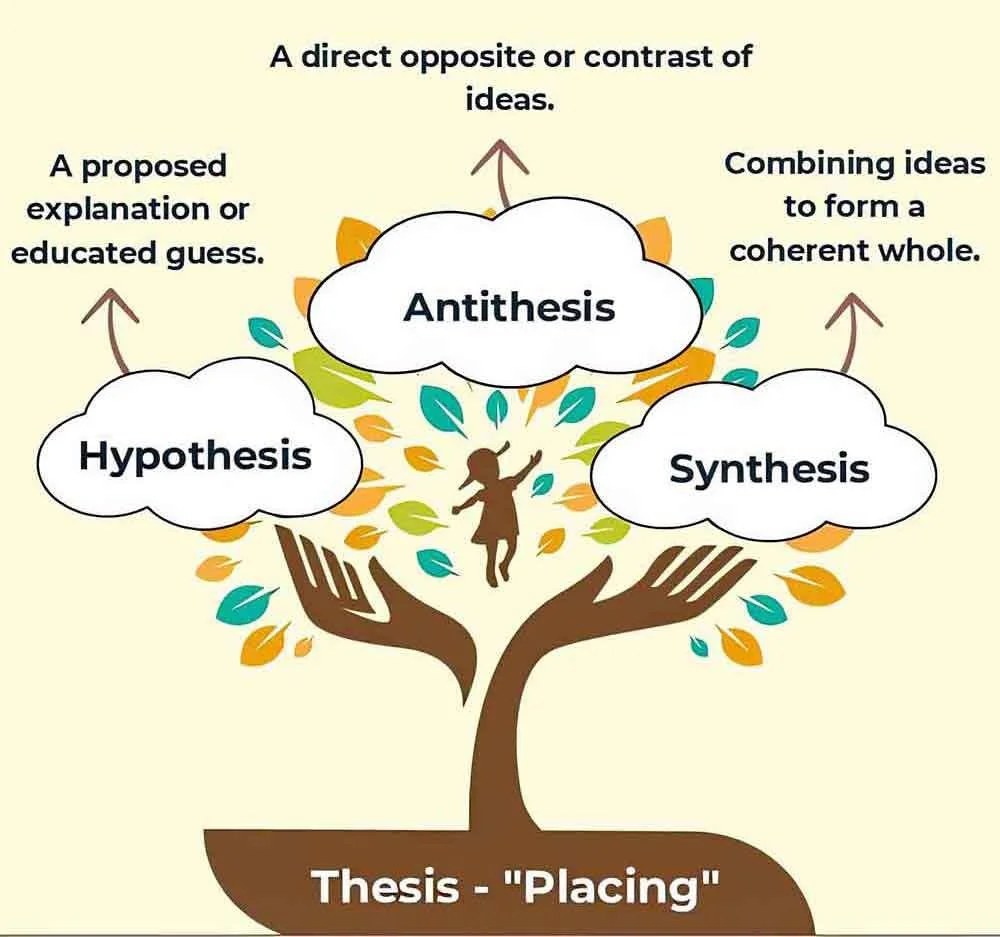Ocean Hope: Good News About Our Oceans
List at least two pieces of “bad news” about our oceans.
What is #oceanoptimism?
Humpback whales numbers have recovered from near extinction. List at least three other whale populations that have recovered.
What percentage of the world's ocean fisheries are being overfished?
What does Global Fishing Watch do?
What are MPAs?
Lead is harmful to health. When was it banned in most countries?
Why are mangroves along coastlines a good idea?
How many people were killed in the 2004 Indian Ocean tsunami?
Mangroves aren't the only coastal ecosystems being renewed. What other coastal ecosystems are being renewed?
• READ •
Ocean Hope: Good News About Our Oceans
There's a lot of bad news about our oceans
The water is getting warmer and more acidic because of climate change. This hurts coral reefs. Many sea animals are in danger. Too much fishing is happening in many places. Coastal areas have been destroyed. And there's a lot of trash in the ocean.
But there's good news too! Nancy Knowlton, who studies coral reefs at the Smithsonian Museum, says many efforts to save the ocean are working.
"There are many success stories, but most people don't know about them," says Knowlton. She thinks it's important to share these good news stories so people won't feel hopeless. In 2014, she started using #oceanoptimism on Twitter (X) to share these stories.
Here are some bright spots in the fight to save our blue planet:
Some big conservation efforts are already working
Countries around the world agreed to stop hunting whales for business in the 1980s. This has shown great results. Some whales are still in trouble, but others are coming back strong.
Humpback whales in the South Atlantic Ocean dropped to about 450 in the 1950s. Now there are about 25,000 - almost as many as before hunting began. Blue, bowhead, fin, and sei whale numbers are also growing.
Sea turtles are another success story. In Florida, green turtle nests went from 62 in 1979 to 37,341 in 2015. In Texas, Kemp's Ridley turtle nests went from just 1 to 353 during about the same time.
Many fisheries are being managed well
In many ocean areas, too much fishing is happening. But the world's most valuable fisheries, making up about 34 percent of all fish caught, are mostly healthy.
There's good proof that some species in some areas are now being fished in ways that can continue forever.
The United Nations says 34.2 percent of the world's ocean fisheries are being overfished. But catches have stayed steady for fish like Alaska pollock, European sardines, Indian mackerel, and yellowfin tuna.
Technology is changing how fishing rules are enforced. Groups like Global Fishing Watch track large fishing boats from satellites, making it easy to spot suspicious activity. In 2019, after working with the US Coast Guard, they tripled the number of fishing boats they checked.
There's also hope to end the big government money given to fishing fleets. Each year, countries give about $35 billion to their fishing companies. Without this money, about half of current high-seas fishing areas would not be profitable.
Protected ocean areas are growing quickly
Marine protected areas (MPAs) are parts of the ocean set aside to guard important ecosystems. Almost 8 percent of the ocean has been made into MPAs, though less than half of that area is fully protected from fishing. Coverage is growing - in April 2021, the European Commission and 15 countries announced support for two new MPAs that would protect more than 3 million square kilometers of the Southern Ocean near Antarctica.
MPAs help both sea life and people. They let fish populations grow back, which helps fishing just outside the protected areas. In Southern California, MPAs that stopped fishing in 35 percent of one coastal area led to a 225 percent increase in spiny lobster catch after just six years.
A worldwide "30 by 30" plan aims to protect at least 30 percent of the globe by 2030.
Some progress is being made against pollution
There's not as much progress as we need, but there are some happy stories, says Carlos Duarte, a marine scientist in Saudi Arabia.
One example is government rules started in the 1970s to ban leaded fuels in vehicles. During a global trip in 2010 and 2011, Duarte found that lead levels in the ocean had dropped to very low levels. "By banning leaded fuels, we actually cleaned up the whole ocean within 30 years," he says.
Oil spilled from tankers has also dropped a lot over the decades because of stricter rules.
Plastics are still a huge global garbage problem, with about 23 million metric tons of plastic waste entering water systems each year.
This problem must be solved mainly by changing how plastics are made and used, says Marcus Eriksen, a scientist at 5 Gyres Institute.
"Today, the optimism is around the inventors and companies rising to the challenge to meet consumer needs without polluting," he says. Some manufacturers are making innovative materials designed to break down naturally in the ocean.
We know how to restore important coastal ecosystems
Huge areas of coastal ecosystems have been lost to pollution, city growth, fish farms, and other human activities. But there's good news too - take mangroves, for example. These are special trees that grow along warm coastlines.
"We've seen a slowdown of the losses of mangroves, and in many regions we're starting to see an increase," says Duarte. "We are very capable of restoring mangroves on a large scale."
The most dramatic example is the restoration of 1,400 square kilometers of Vietnam's Mekong Delta mangrove forest, which was destroyed in the 1970s. When Duarte worked there in the late 1990s, it looked like an untouched forest. These mangroves trap carbon, which helps fight climate change.
The 2004 Indian Ocean tsunami that killed about 250,000 people showed the importance of mangroves. Studies found that villages protected by mangroves had far fewer deaths and less damage.
In the Philippines, some mangrove forests are coming back after decades where half of them were lost, says Heather Koldewey from the Zoological Society of London. "Within five years, they're working, trapping lots of carbon, stopping waves from eroding the shore, and doing their mangrove thing."
It's important that these efforts are done right by picking the right mangrove species, planting them in the right places, and involving local communities.
Mangroves aren't the only coastal ecosystems being renewed. Salt marshes and oyster reefs are also being restored in Europe and the US. Efforts to restore seagrass, seaweed, and coral reef ecosystems are also increasing globally, though often on a smaller scale.
► COMPREHENSION QUESTIONS
— please answer with complete sentences
List at least two pieces of “bad news” about our oceans.
What is #oceanoptimism?
Humpback whales numbers have recovered from near extinction. List at least three other whale populations that have recovered.
What percentage of the world's ocean fisheries are being overfished?
What does Global Fishing Watch do?
What are MPAs?
Lead is harmful to health. When was it banned in most countries?
Why are mangroves along coastlines a good idea?
How many people were killed in the 2004 Indian Ocean tsunami?
Mangroves aren't the only coastal ecosystems being renewed. What other coastal ecosystems are being renewed?
► From EITHER/OR ► BOTH/AND
► FROM Right/Wrong ► Creative Combination
THESIS — Argue the case that he good things we are doing to save the oceans means all will be well.
ANT-THESIS — Argue the case so many bad things are happening to our oceans that one or two good things won’t make any difference.
SYN-THESIS — How might you bring these two perspectives together?
















